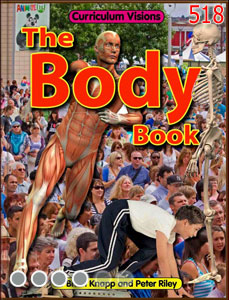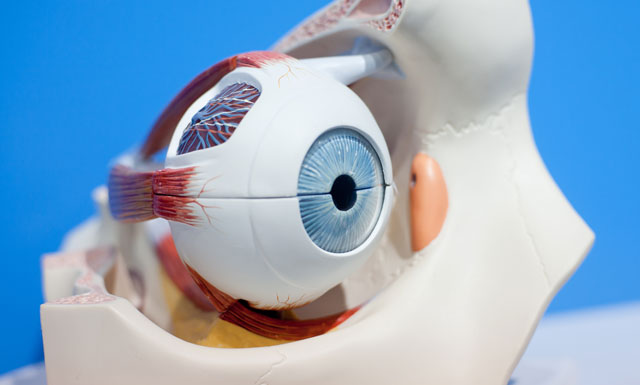To sense the world around them, most animals have ways of detecting light. Many animals use eyes to help them see clear images.
Simple eyes
Some worms have very simple ‘eyes’. These are just light-sensitive cells on parts of their skin.
Insect eyes are made of lots of small fixed lenses. These are called compound eyes.
Human eyes
More complicated animals, such as humans, have eyes that can focus light and alter the amount of light reaching the eye. This is the job of the lens and the iris.
The back of a human eye (which is called the retina) is covered by millions of light-sensitive cells. Cells nearer the centre of the retina are cone-shaped (cones), while those nearer the edge are rod-shaped (rods).
Light first travels through the front of the eye. This transparent window is called the cornea. Because the cornea is curved, it behaves like a lens. This is where much of the light-gathering is done.
However, the cornea is not an adjustable lens. That is why the light then passes through the pupil of the eye. The iris is a thin, circular disk with a hole in the centre called the pupil (Picture 3). It’s something like a pinhole in the pinhole camera.
The light then passes through the lens, where focusing is fine-tuned. Finally the light is focused on the retina.
The lens is made of elastic, transparent fibres. Over time, these fibres become less elastic, and it becomes harder for the eye to be fine-tuned into focus. This is when people need glasses.
The human eye is designed to see through air. That is why it is so difficult to see underwater. The tissues of the eye are made mostly of water, so the eye does not bend the light as much in water as it does in air. That is why you need a face mask to see clearly underwater.






